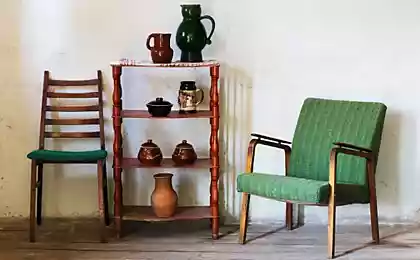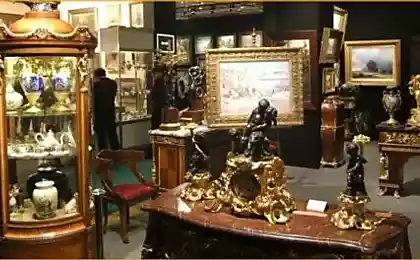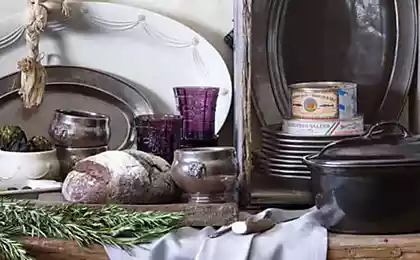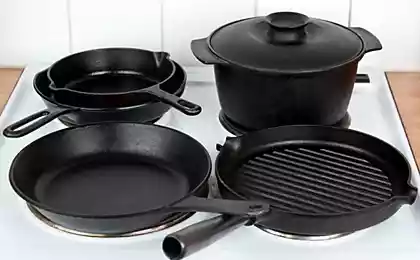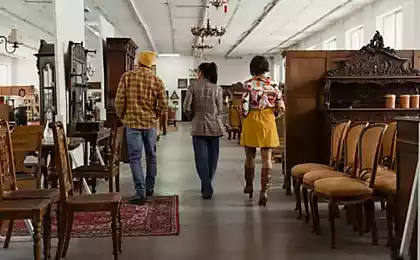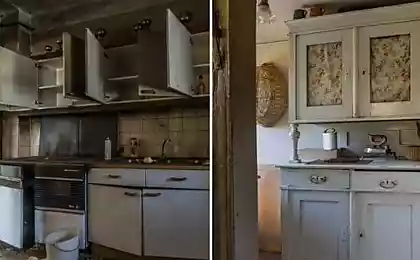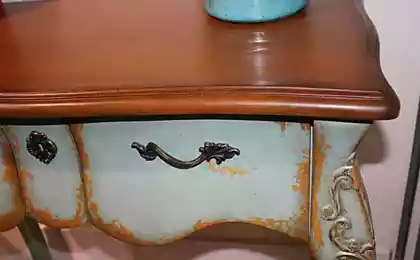230
What to do with rare furniture
The word antique comes from the Latin antiquus, meaning “old”. Buying antiques is considered a good investment. After all, the cost of some old thing sometimes increases over the year by 20-30%.

But how to recognize a real pearl among the mountains of useless junk? The main thing is not to take hasty actions. If you have an antique thing in your hands, then our tips will help at least approximately assess its prospects and understand what to do next.
In Russia, antiques are considered to be things older than fifty years. Other countries have their own rules. For example, in the United States, antiques had to be made before 1830, and in the United Kingdom they must be at least 100 years old.
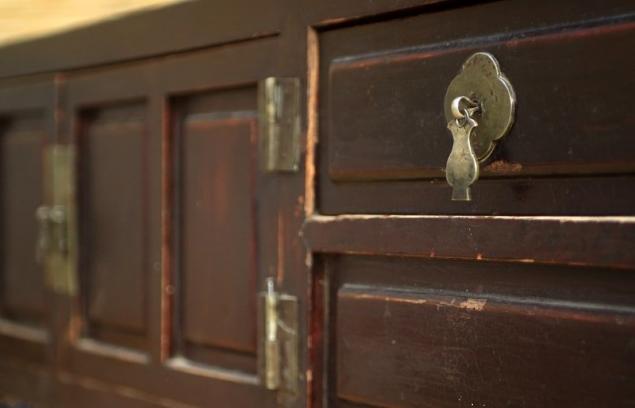
Let’s say I have my grandmother’s dresser made in 1953. Can it be considered antique? If from the assembly line of the factory "Red October" such items of socialist life descended monthly in the thousands, it is unlikely.
Economics dictates that things that are less represented on the market are valued higher. For example, furniture in the style of Stalin Empire is often more expensive than objects of the XIX century. Just in those years, quality furniture produced in small editions, often to order.
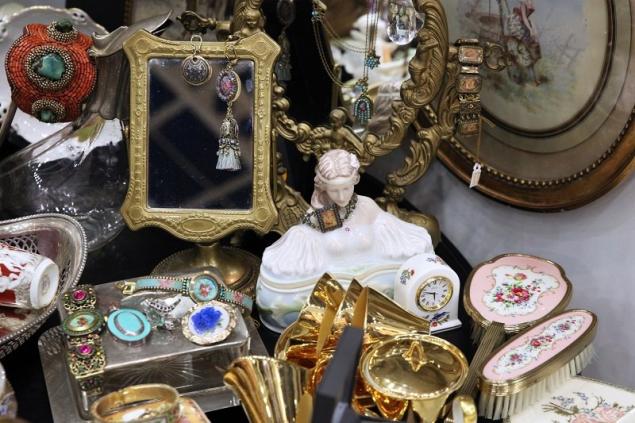
Collectors also have a weakness for items made by a memorable date, produced in only a few copies or having some defect. Important is the connection with certain historical events, and especially with historical figures.
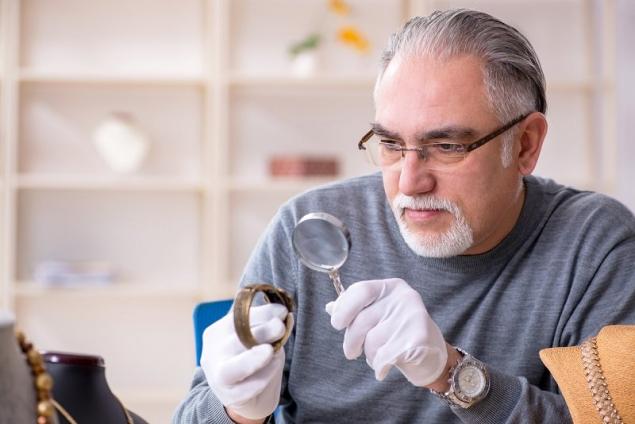
In general, it is quite difficult to distinguish antiques from stylization to a simple person. It is better to consult a specialist, but there are also pitfalls. A guest appraiser is likely to name a low price to buy a really worthwhile thing from you on the cheap.
So, you found-- .
Whether you want to buy something old in the house or sell family heritage, in both cases, your chances of losing on the transaction price are quite high. To avoid this, you will have to work.
Choose an interesting direction for you, start studying it. Go to galleries and salons, read literature and consult with specialists. The information in our article is not of a specialized nature, but at first it can be a good help to you.

But how to recognize a real pearl among the mountains of useless junk? The main thing is not to take hasty actions. If you have an antique thing in your hands, then our tips will help at least approximately assess its prospects and understand what to do next.
In Russia, antiques are considered to be things older than fifty years. Other countries have their own rules. For example, in the United States, antiques had to be made before 1830, and in the United Kingdom they must be at least 100 years old.

Let’s say I have my grandmother’s dresser made in 1953. Can it be considered antique? If from the assembly line of the factory "Red October" such items of socialist life descended monthly in the thousands, it is unlikely.
Economics dictates that things that are less represented on the market are valued higher. For example, furniture in the style of Stalin Empire is often more expensive than objects of the XIX century. Just in those years, quality furniture produced in small editions, often to order.

Collectors also have a weakness for items made by a memorable date, produced in only a few copies or having some defect. Important is the connection with certain historical events, and especially with historical figures.

In general, it is quite difficult to distinguish antiques from stylization to a simple person. It is better to consult a specialist, but there are also pitfalls. A guest appraiser is likely to name a low price to buy a really worthwhile thing from you on the cheap.
So, you found-- .
- Antique furniture
To understand whether a piece of old furniture has a price, try to understand the materials, at least approximately determine the age of the thing, to what era it belongs, who the author belonged to.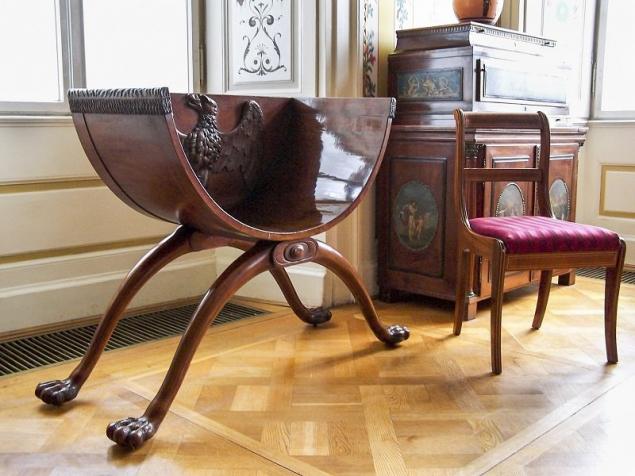
If the furniture is very heavy, decorated with carvings, assembled without nails or finished inside with antique paper, then there is reason to assume that you came across a valuable item. On the contrary, everything that is made of chipboard certainly has no value, but in skilled hands can get a second life.
Carefully examine the attachment elements. Handmade connections in the form of swallow tails allow us to attribute the appearance of furniture to the period before 1860, after which the use of machines and mechanisms in production began.
You can determine the value and price of the item by putting its photo on the forum of one of the online auctions and asking for help from experts. In order not to jeopardize their reputation, they will try to make an objective assessment.
Alternatively, you can show photos of furniture to different antiquarians or restorers. This way you will know the price range and its real state. And don't try to restore yourself. This is the case when life hacks and “proven” advice will only hurt. - Antique dishes
Tableware is the most popular type of antiques, so you will not earn much money on it. But keep it. kite This is not only a tribute to traditions, but also a fashion trend. In Europe, which has preserved the continuity of generations, such objects are proud.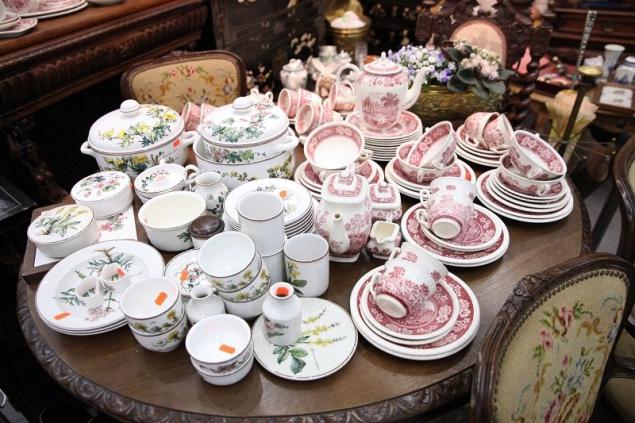
If you find porcelain that seems antique to you, carefully examine the mark - printed or painted on the bottom of the marking.
The manufacturer's emblem usually indicates the series and date of manufacture of the service. If it is dishes of Lomonosovsky, Dulevsky, Gzhelsky, Konakovo Porcelain Factory, then it is definitely of value.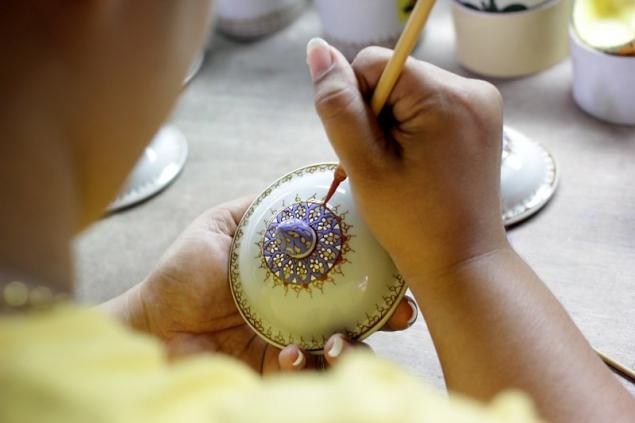
Pay attention to the painting. Of great value is the dishes painted by hand. On the contrary, plates and cups, the image of which is transferred from a paper base (decol), are not of particular value.
Full sets are more expensive, even if some items have chips. But the only tea pair from the serial set is unlikely to interest collectors. Very expensive is the so-called propaganda porcelain with a painting in the form of Soviet slogans. This dish is valuable, even if it has chips! - Statues
In order to understand when the statuette was made and in which factory, you need to look at the stamp. First of all, look for the labeling of the above factories: porcelain figurines and dishes were often produced by the same enterprises.
But there are exceptions. In France, for example, there were many small factories where the brand name was not used at all. It is also important to know that statuettes made eighty years ago have hand-painted stamps, so it is almost impossible to find completely identical ones.
On the old figurine there may be micro scratches, cracks from firing, small chips. Look at the icing and painting. Most often, statuettes were painted by high-class masters very painstakingly and accurately, so inaccurate careless painting can talk about a fake.
Figures of historical characters are expensive: a statuette of a particular ballerina is always more valuable than an abstract dancing girl. Very expensive domestic series of figurines with Gogol characters: one can cost from 15 to 35 thousand rubles.
If there is a desire to acquire porcelainIt is important to distinguish it from inexpensive faience. Porcelain is made of kaolin, it is very dense and hard. If you knock on a porcelain statuette, the sound will be high and ringing. Faience is more porous and soft, the texture resembles a sponge, the sound makes low and deaf.
Whether you want to buy something old in the house or sell family heritage, in both cases, your chances of losing on the transaction price are quite high. To avoid this, you will have to work.
Choose an interesting direction for you, start studying it. Go to galleries and salons, read literature and consult with specialists. The information in our article is not of a specialized nature, but at first it can be a good help to you.







